Abstract
In 1961 the WHO Expert Committee on Biological Standardization asked the National Institute for Medical Research, London, to collect and study material to replace the first International Standard for Serum Gonadotrophin, stocks of which were running low. This paper describes the material that was contributed, its distribution into ampoules and the international collaborative assay to compare its biological activity with that of the first International Standard. On the basis of the results obtained the material has been established as the second International Standard for Serum Gonadotrophin, with a potency of 1600 International Units per ampoule. The International Unit for Serum Gonadotrophin is thus defined as the activity contained in 0.003569 mg of the second International Standard for Serum Gonadotrophin.
Full text
PDF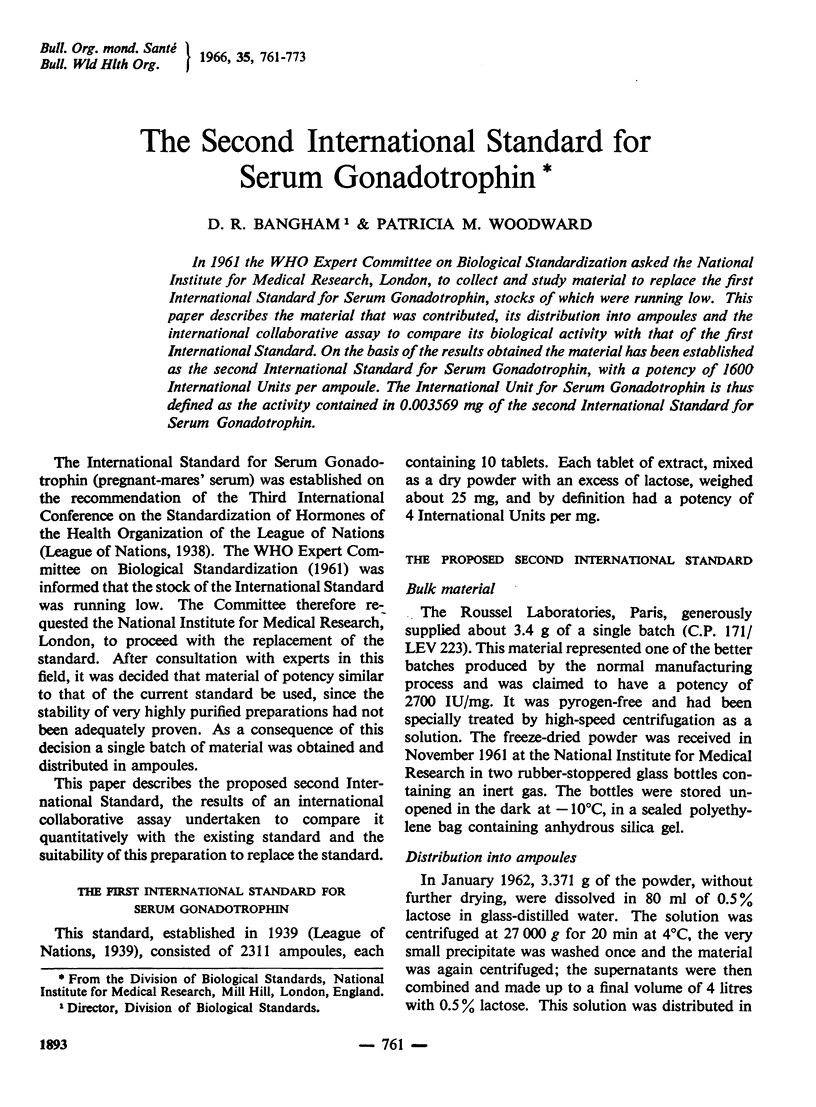
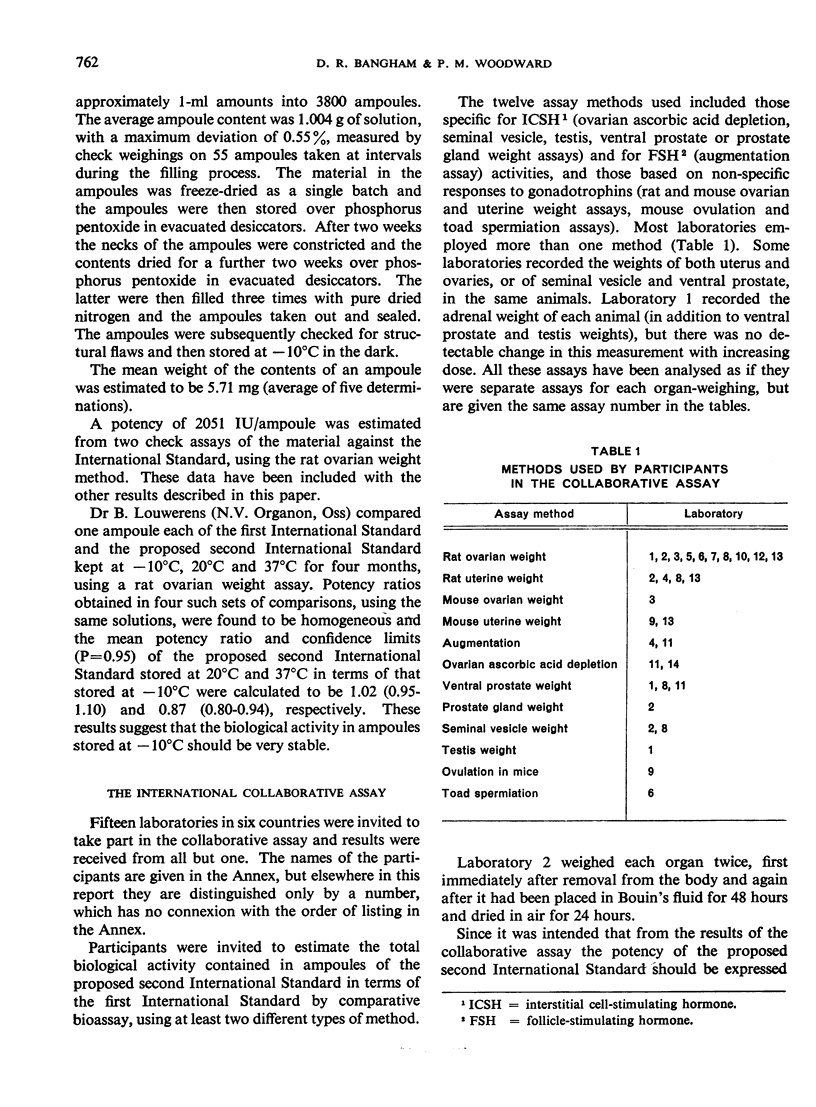
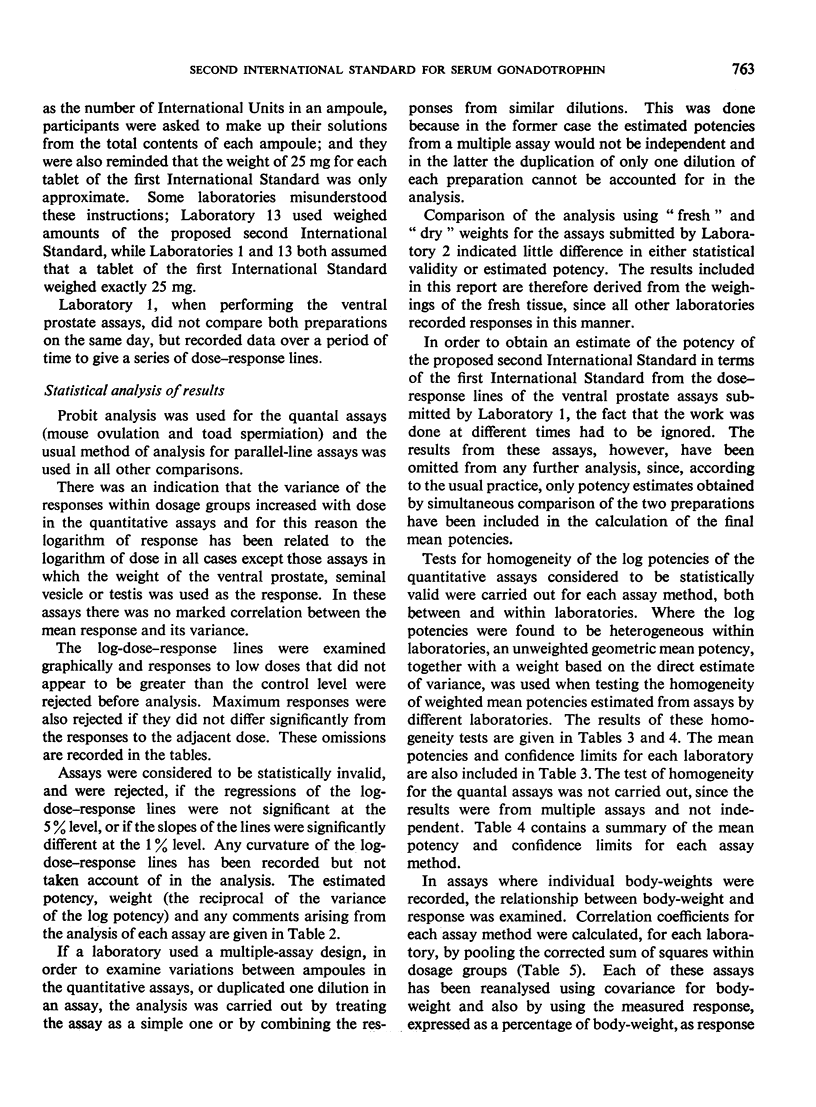
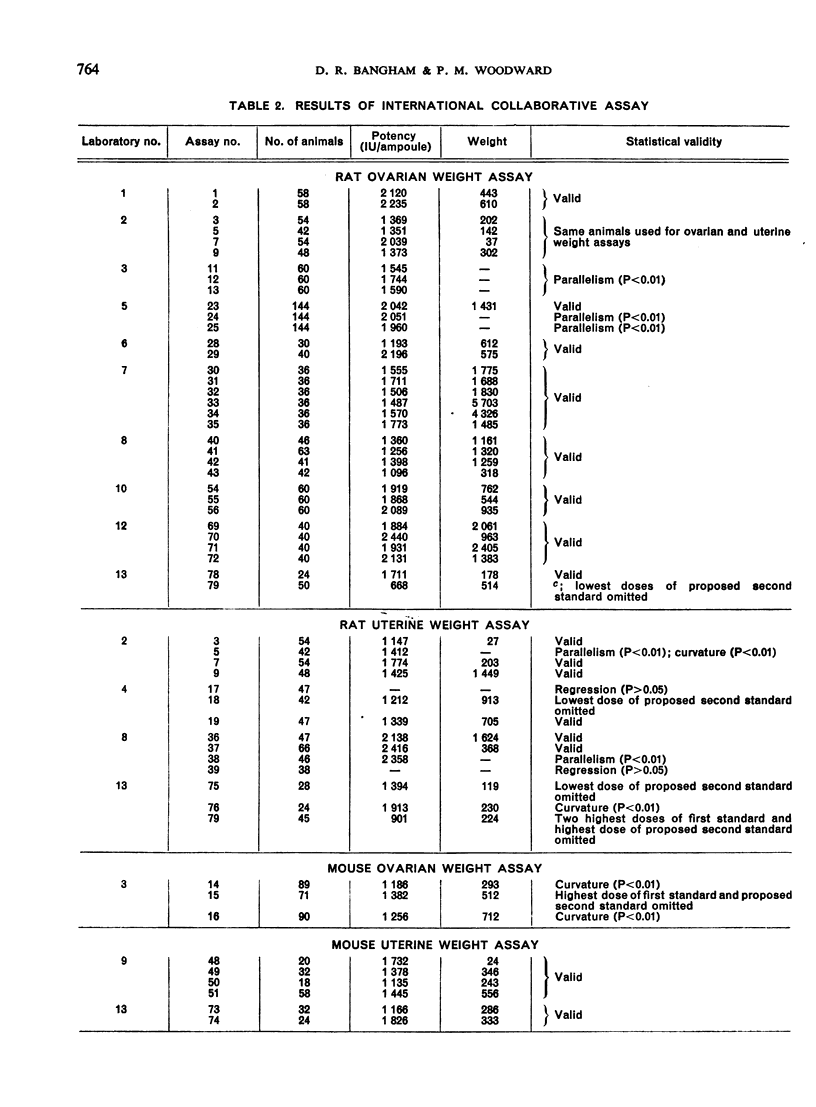
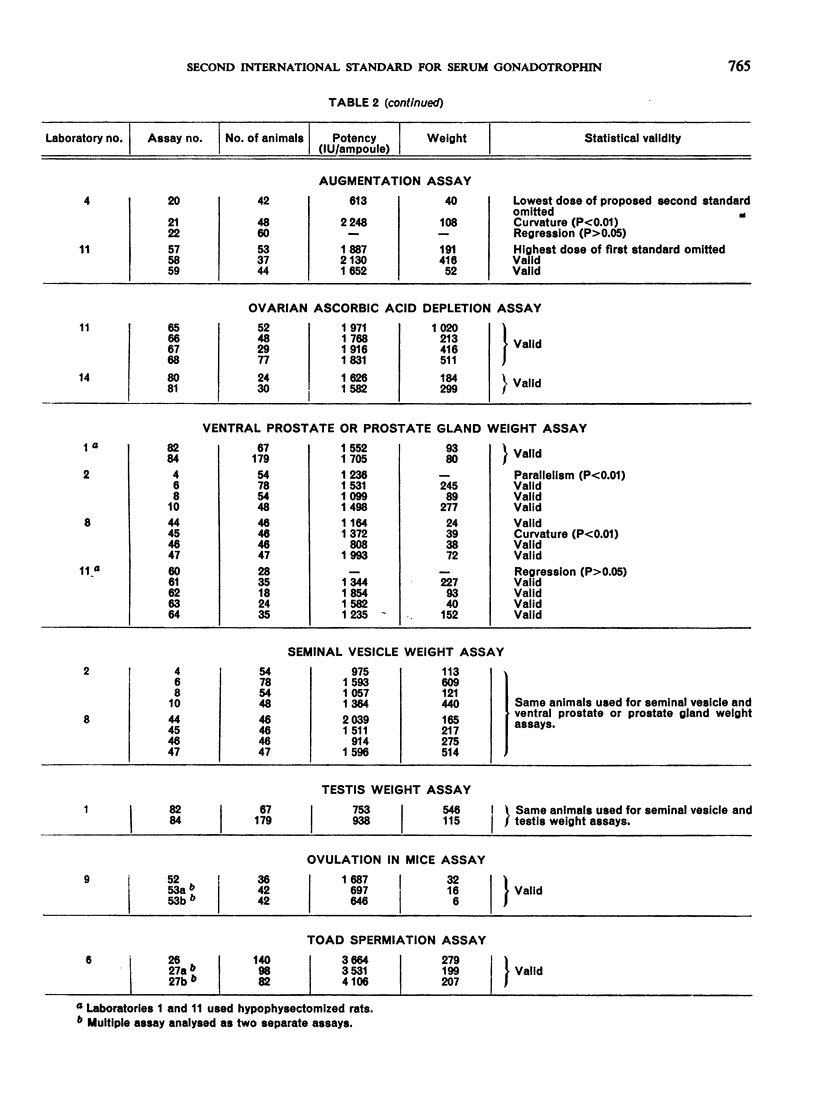
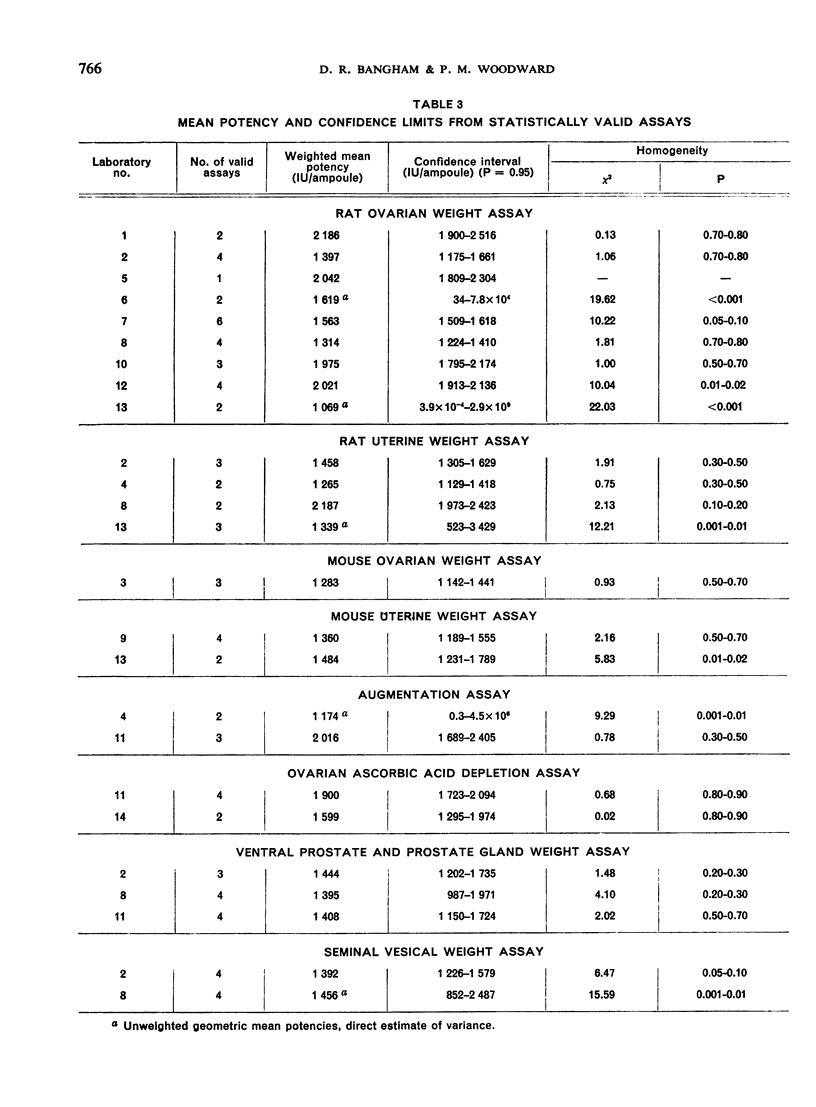
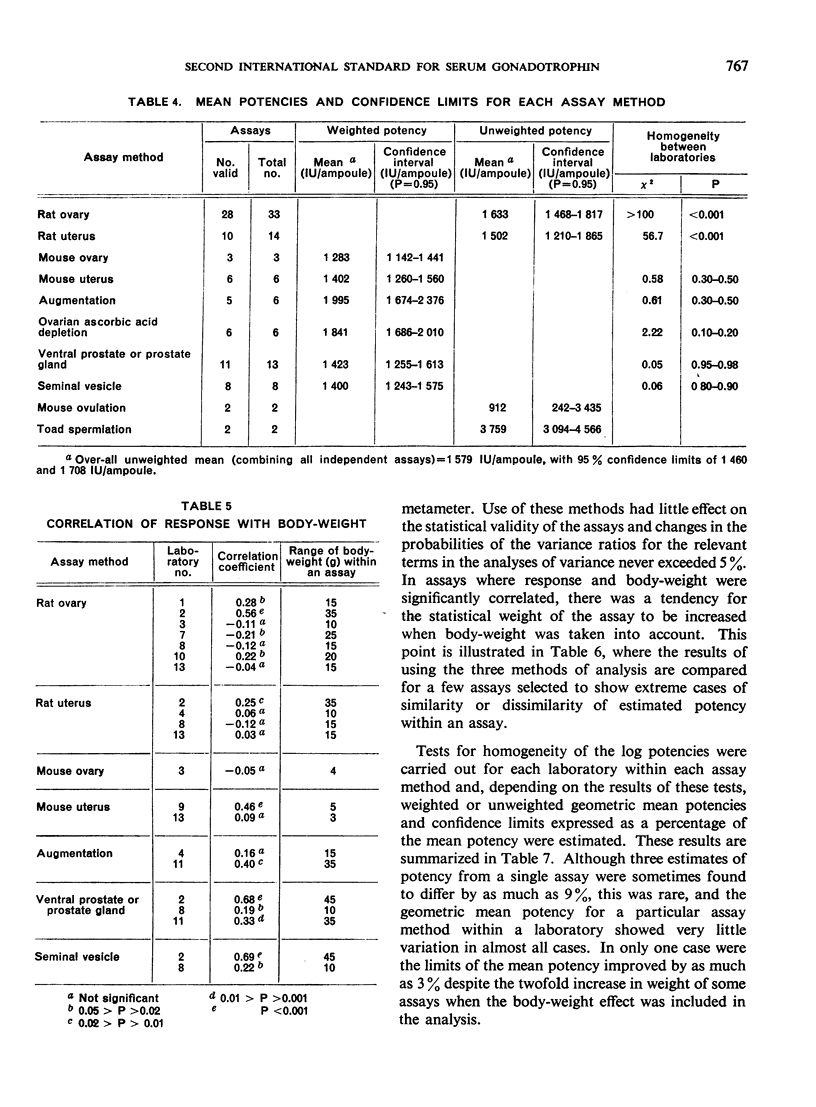
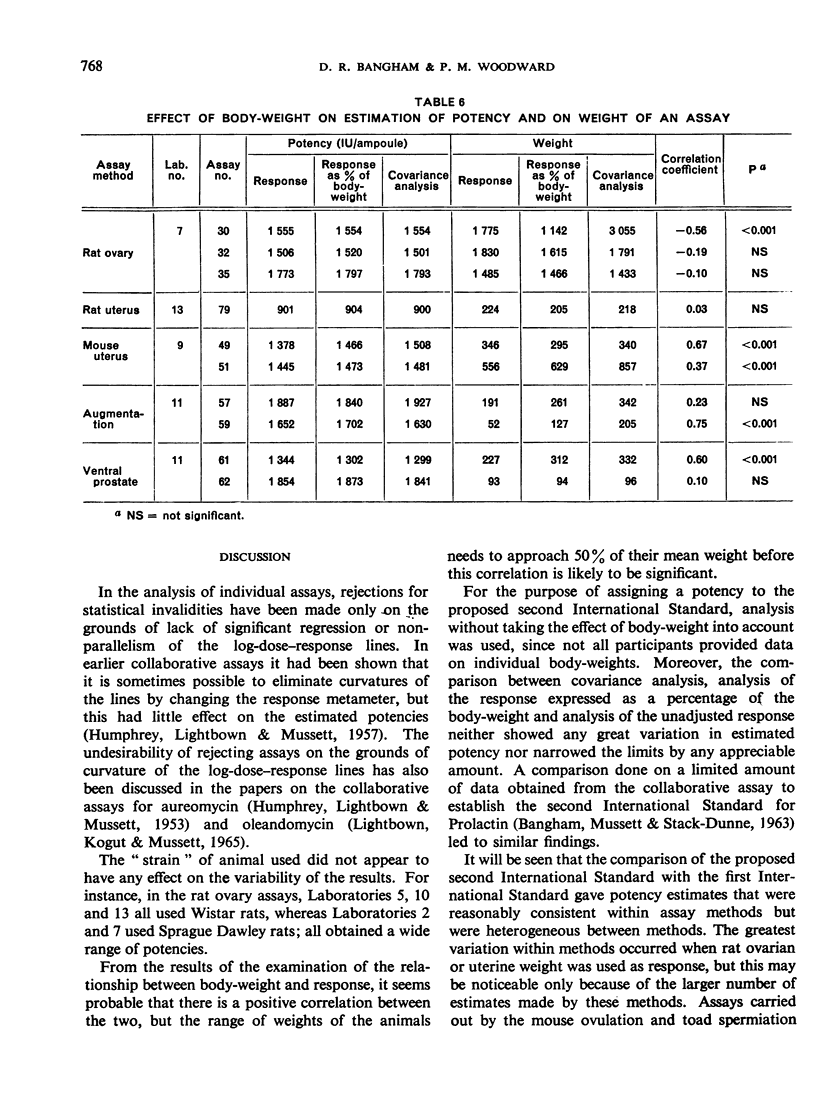
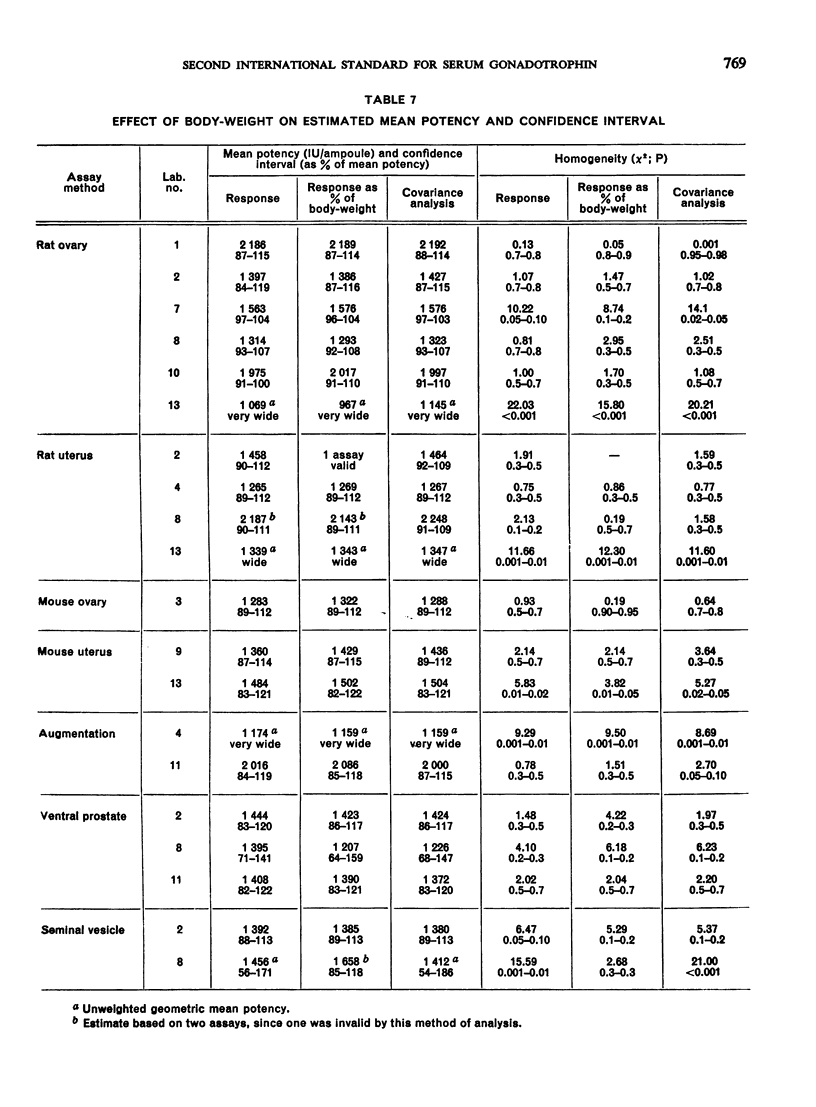
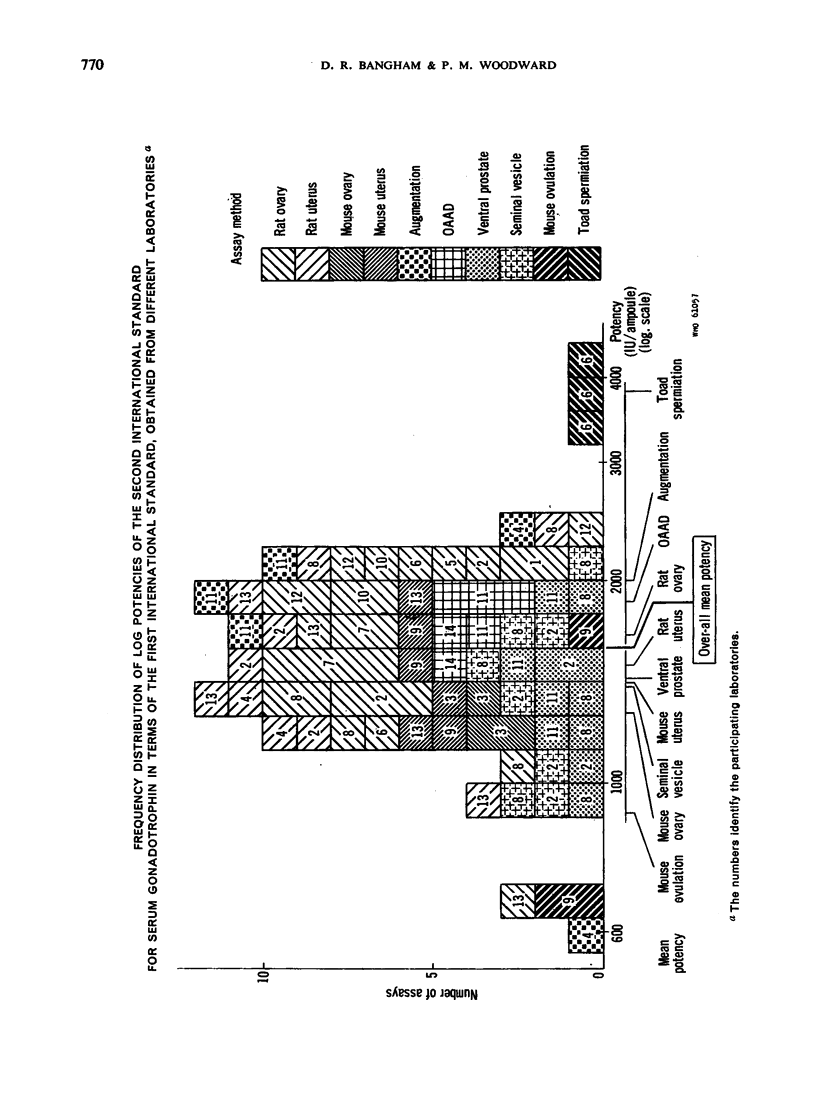
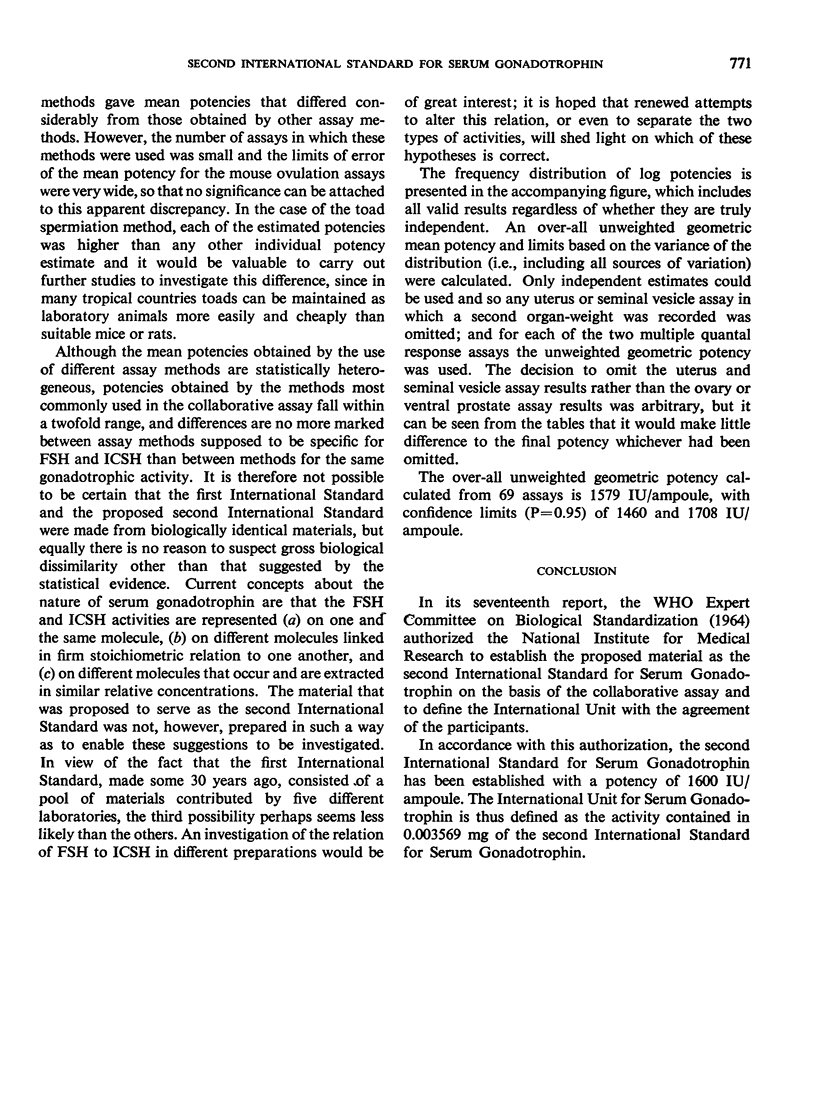
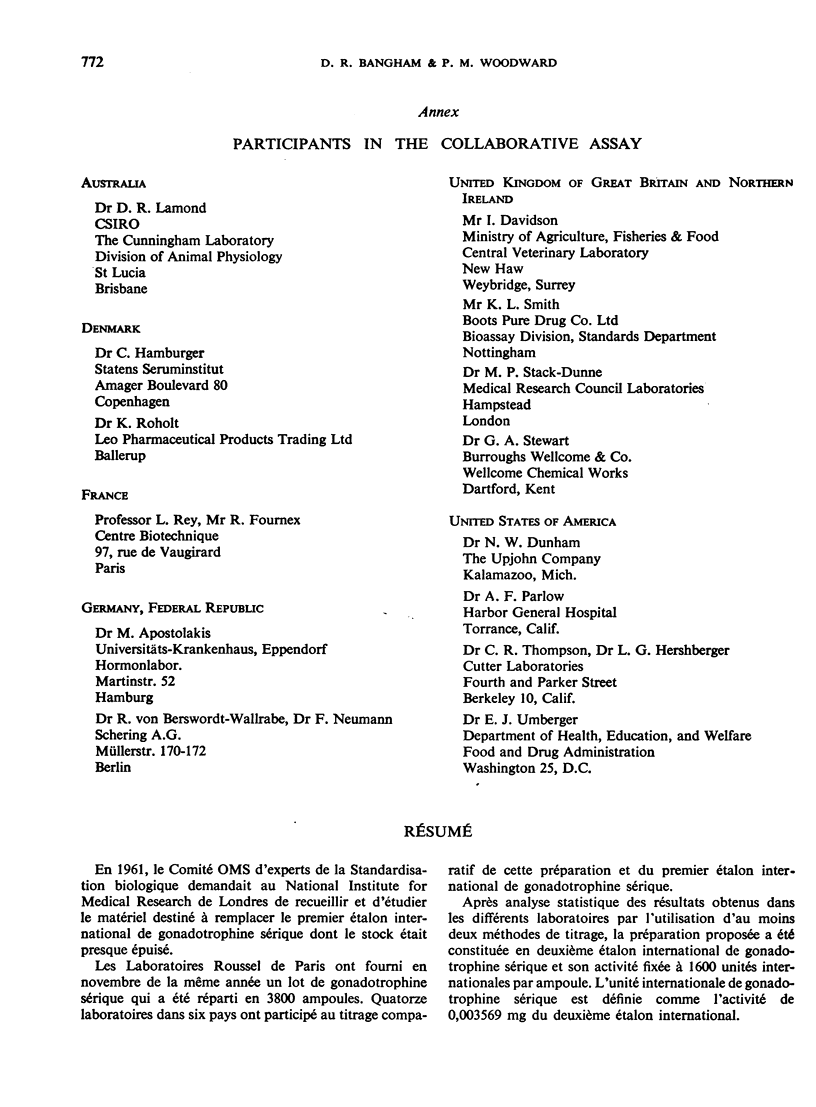
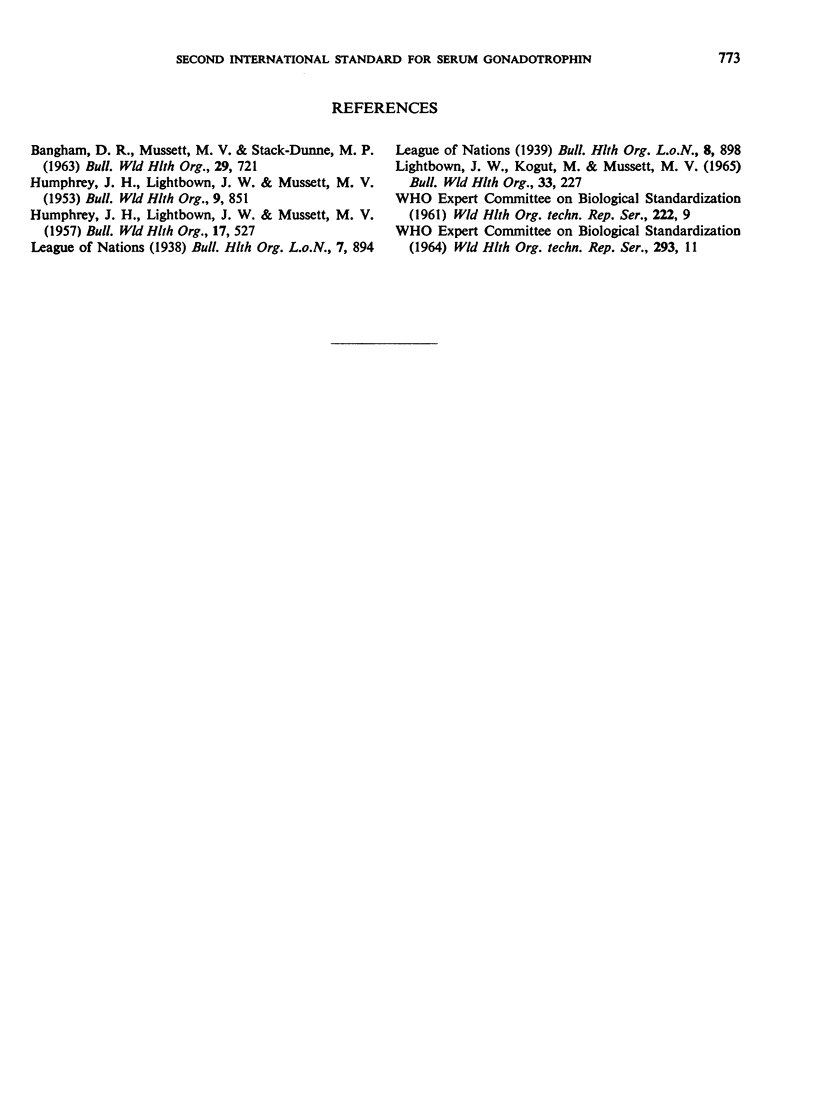
Selected References
These references are in PubMed. This may not be the complete list of references from this article.
- BANGHAM D. R., MUSSETT M. V., STACK-DUNNE M. P. THE SECOND INTERNATIONAL STANDARD FOR PROLACTIN. Bull World Health Organ. 1963;29:721–728. [PMC free article] [PubMed] [Google Scholar]
- HUMPHREY J. H., LIGHTBOWN J. W., MUSSETT M. V. International standard for erythromycin. Bull World Health Organ. 1957;17(4-5):527–535. [PMC free article] [PubMed] [Google Scholar]
- HUMPHREY J. H., LIGHTBOWN J. W., MUSSETT M. V., PERRY W. L. The international standard for aureomycin. Bull World Health Organ. 1953;9(6):851–860. [PMC free article] [PubMed] [Google Scholar]
- Lightbown J. W., Kogut M., Mussett M. V. The international standard for oleandomycin. Bull World Health Organ. 1965;33(2):227–233. [PMC free article] [PubMed] [Google Scholar]


